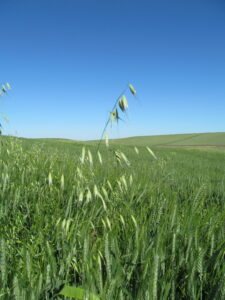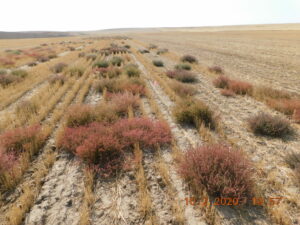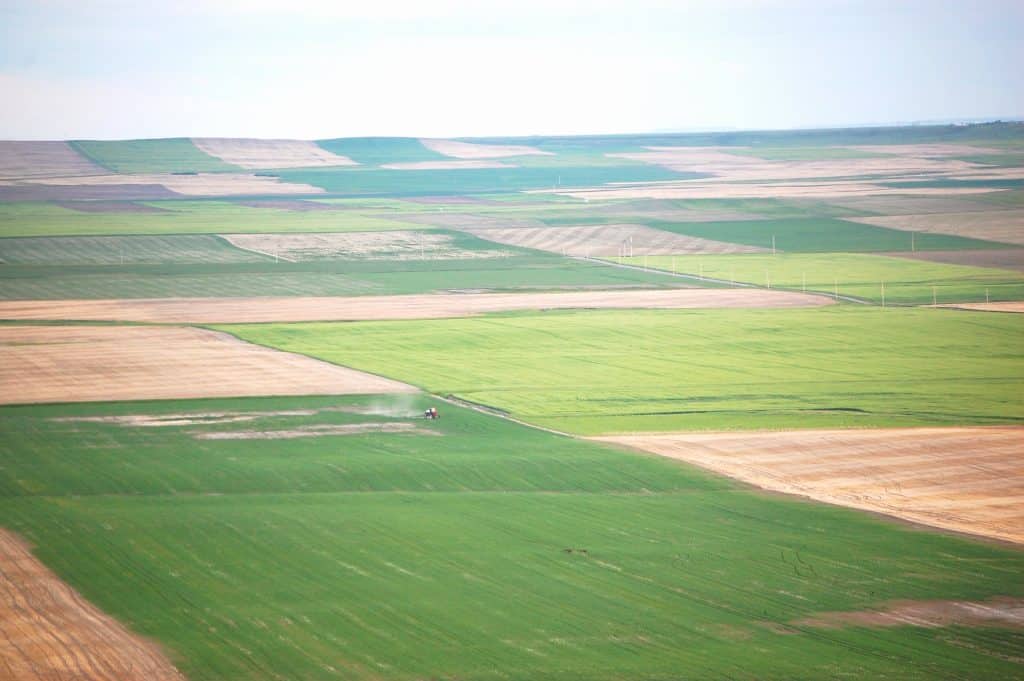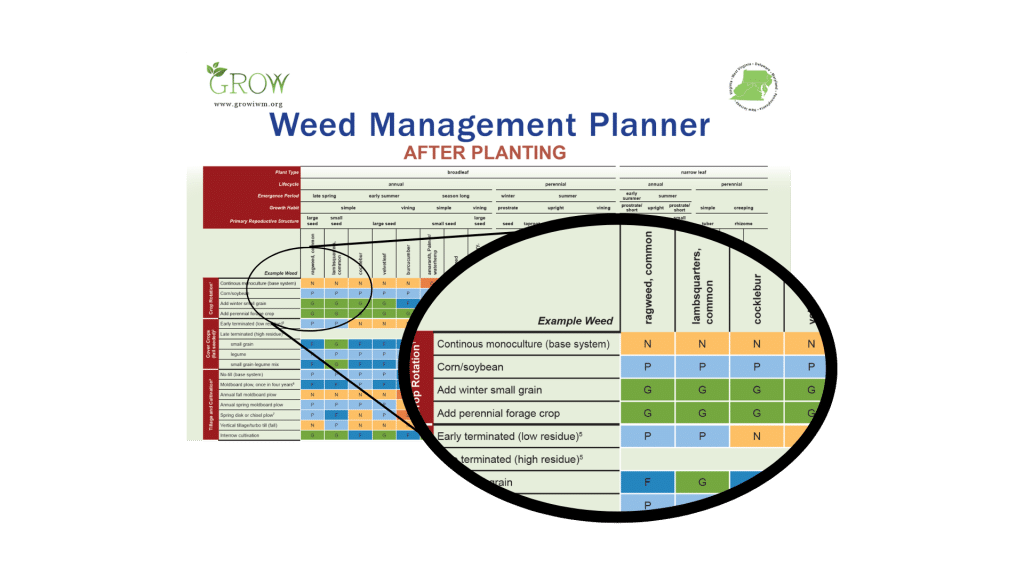Note from the GROW team: This page is being updated in an effort to provide you with the most accurate and timely information. In the meantime, please visit the rest of our website to learn more about the tactics to manage herbicide-resistant weeds.

Photo Credit: University of Missouri.
In row crops, giant ragweed is most commonly a problem in midwestern and south-central states. It is less common in the Northeast. The seedlings can be identified by their very large cotyledons (above image) and should be managed when seedlings are young. Plants can exceed 15 feet tall and cause significant damage to crop yield. Seeds can emerge from March – July, creating a large management challenge. The rise of herbicide resistant giant ragweed (ALS-inhibitors and glyphosate) creates an additional management challenge requiring integrated weed management tactics. Integrated weed management recommendations include:

- Maintain weed-free soil for 10 weeks after soybean planting, using residual herbicides and cultivation
- Consider strict no-till practices to leave seeds on the surface, subjecting them to predation. Giant ragweed has been found to be less common in no-till fields than in conservation-tilled fields.
- Apply herbicide applications to plants less than 6 inches tall
- Scout 2 weeks after the first POST application to see if additional applications are needed
- Use multiple effective herbicide sites of action in the tank mix to control against resistance
- In fields with ALS-resistant giant ragweed, rotate to corn or wheat
- Delay soybean planting to control more of the emerging population before planting
- Rotate into a forage, as giant ragweed does not tolerate mowing.
- Rotate into small grains, which suppress giant ragweed emergence
Herbicide resistant populations:
- Group 9
- Group 2
- Group 2 + 9





